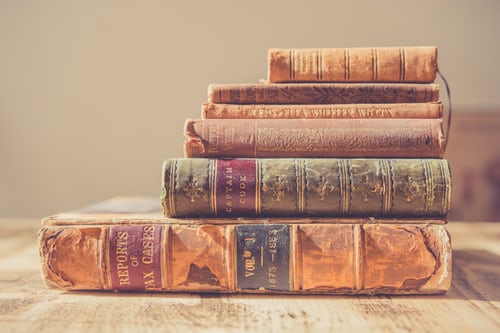I like books as objects and books as art and so I love a good hardcover book, even when they’re heavy, bulky and hard to carry around. I’ve also worked in book stores and I know that fans prefer hardcovers as keepsakes and that people prefer to give hard cover books as gifts.
But I wasn’t aware of the economics, spelled out here at Mentalfloss. Hardcover book buyers like me are giving publishers better margins. So now I can feel good about hoarding them, too.

Of course, you can sometimes save money by buying them remaindered. As I recall from my book shop days, a lot of unsold hard covers are torn apart and remade as trade paperbacks, that hybrid form that separates literature from trashy reading.
Like a lot of people, I’m reading more on apps lately. I do like being able to make notations and to share them on Goodreads. But I miss the feel of a hardcover book when I read that way. Also, and this is the worst, nobody has figured out a way to get your first edition ebook signed, and you can’t loan an ebook to friends.
Long live the hardcover.

